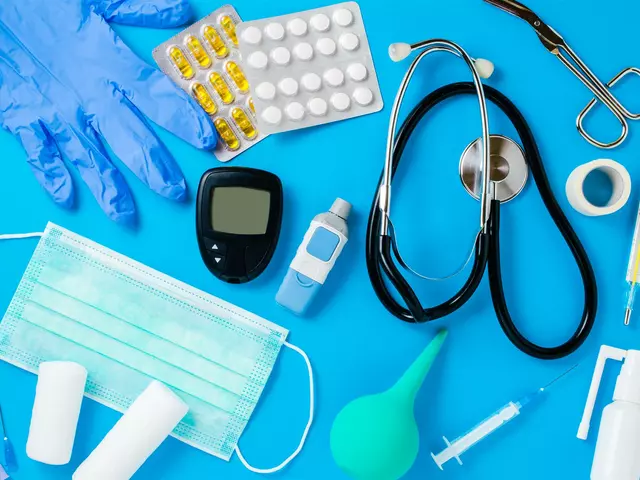Pheochromocytoma: What It Is and How to Deal With It
If you’ve heard the word pheochromocytoma and felt confused, you’re not alone. It’s a type of tumor that grows on the adrenal glands – those tiny organs sitting right above your kidneys. The tumor makes extra hormones called catecholamines, which can cause sudden spikes in blood pressure and other odd symptoms.
Most people don’t know they have this condition until something triggers a noticeable episode. That’s why understanding the warning signs matters. You don’t need medical jargon to spot them; just pay attention to how your body feels during stressful moments or intense workouts.
Common Symptoms to Watch For
The hallmark of pheochromocytoma is a rapid, pounding heart beat that comes with high blood pressure. You might feel a sudden headache, sweating, and shaking that seem out of proportion to the situation. Some folks describe a feeling like they’re on a roller coaster – fast heart rate, palpitations, and a sense of panic.
Other signs include:
- Flushed or pale skin
- Tremors in the hands
- Chest pain that isn’t related to exercise
- Feeling unusually anxious or jittery
- Episodes that last from a few minutes to several hours
If you notice any of these symptoms repeatedly, especially with spikes in blood pressure, it’s worth talking to a doctor. Early detection makes the next steps easier.
How Doctors Diagnose It
The first step is usually a blood or urine test that looks for excess catecholamines and their breakdown products. Your doctor might ask you to collect urine over 24 hours to catch any hidden spikes.
If the lab results suggest a tumor, imaging comes next. A CT scan or MRI of the abdomen will show the size and exact location of the adrenal gland growth. In some cases, a special scan called MIBG can help confirm that the tumor is producing hormones.
Doctors also check your family history because certain genetic conditions raise the risk for pheochromocytoma. If you have relatives with similar tumors or related syndromes, let your doctor know – it could guide further testing.
Treatment Options and What to Expect
The most common cure is surgery to remove the tumor. Surgeons typically perform a laparoscopic adrenalectomy, which means they use small incisions and a camera to take out the growth. The procedure is safe for most patients, but your doctor will control blood pressure carefully before, during, and after surgery because hormone spikes can be dangerous.
If surgery isn’t possible right away, medication can help manage symptoms. Alpha‑blockers are often prescribed first to keep blood pressure stable, followed by beta‑blockers if the heart rate stays high. These drugs don’t cure the tumor but buy you time and reduce risks.
After removal, most people feel a big improvement within weeks. Regular follow‑up visits include blood tests to make sure hormone levels stay normal and imaging to watch for any new growths.
Living with pheochromocytoma means staying aware of your body’s signals and keeping up with medical appointments. With the right diagnosis and treatment, you can get back to everyday life without constant scares.
 28 Aug
28 Aug
Early Detection of Pheochromocytoma: Symptoms, Screening, Diagnosis, Treatment
Spot pheochromocytoma early to prevent dangerous crises. Learn symptoms, who to screen, best tests, and what to do after a positive result.
Read More...




